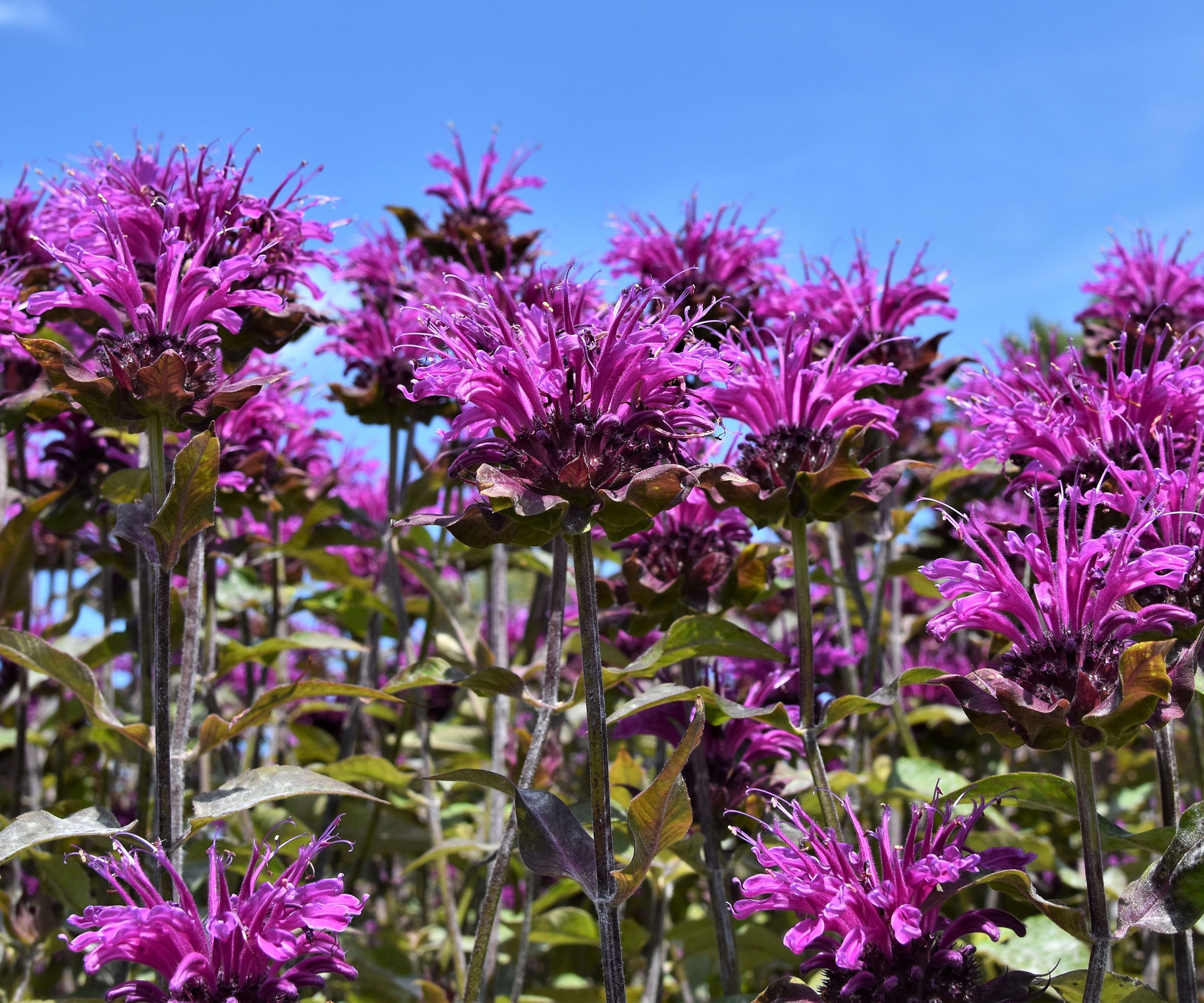10 Knockout Native Flowers To Add A Punch Of Color To Your Garden
Growing native is the way to go. Here are 10 native flowers that will totally knock you out with color and bring your native garden to life.

Mother Nature outdid herself with these 10 knockout native flowers. Hybrids and other cultivated varieties are terrific in the landscape, but a native flower garden that includes these plants will be the envy of every gardener on the block.
North American native flowers come in every size, shape and hue imaginable, and have significant benefits over cultivated blooms. Where to begin with native plant landscaping? There are over 18,000 native plants in North America, many of which are termed wildflowers. The following compiles a list of our favorite top ten varieties to include in your native plant garden.
Why Should You Plant Native Flowers?
Native plants have a number of benefits over hybrids and other cultivated plants. For one thing they are much lower maintenance and tend to require less water, fertilizer and disease and pest control. They tend to be more resilient, vigorous, and drought tolerant with extremely deep root systems. Over thousands of years they have acclimated to local conditions, evolving in order to survive.
Being low maintenance also means native specimens are budget friendly but more importantly they are pollinator friendly. Since they are local, native flowers cater to the needs of local pollinators such as bees, birds, butterflies and bats. They also provide valuable wildlife habitat for these pollinators as well as other native wildlife.
10 Native Flowers That Wow
- Black-eyed Susan (Rudbeckia spp.) is a member of the Aster family. This bright yellow, daisy-like flower accented with a dark center perches atop 1-2 foot (30-60 cm) stems. Depending upon the growing location black-eyed Susans may be annuals, biennials or short living perennials but are always reliable in their cheerful blooms.

- Golden tickseed (Coreopsis tinctoria), another member of the Aster family, is noted for its small but copious yellow blooms, tinted a bold maroon at the center. Each petal is notched, with flowers perched atop long branching stalks. Widely cultivated, golden tickseed can be found throughout the southern and western U. S. in disturbed areas.
- Joe Pye weed (Eutrochium fistulosum) can be found in moist to wet soils in full to part sun. Clusters of lavender blooms bloom from July through September atop towering 6-9 foot (2-3 m) stems that provide food and habitat for pollinators. The downside to this wildflower is that deer love it as well.
- Columbine (Aquilegia parvifolia) is a pretty wildflower with lobed leaves. The blooms vary in color from white to pink to blue/purple depending upon the variety. Most do well in part shade to some sun. The variety Pussytoes does well in rock gardens or among pavers as a spreading mat while Golden attracts hummingbirds and reseeds easily.

- Chocolate flower or Greeneyes (Berlandiera lyrata) lives up to its name with a delicious chocolate aroma emanating from the yellow daisy-like blooms accented with green centers. Flowers are borne out of a mounded rosette of lyre shaped leaves. It thrives in heat and dry, clay soils.
- Sticky geranium (Geranium viscosissimum) has blooms of pale pink to rose with evident veining. The plant has lobed leaves from which sticky stems protrude bearing clusters of flowers. Plants are 1-2 feet (60 cm) 30-in height are equally at home in sun to part shade.
- Gayfeather (Liatris punctata) attracts butterflies with its purple hued feathery blooms that grow to around a foot in height. This plant likes full sun and well-draining soil.
- A rarity in some regions, trillium are often found as understory plants in forests and as such they prefer moist, slightly acidic soils. These perennial herbs grow from rhizomes, appearing with three large leaf-like bracts through which a single bloom of varying colors appears.
- Mondarda fistulosa (bee balm or wild bergamot) has upright growth with pink to lavender flowers. Resistant to powdery mildew, bee balm prefers well-drained soil in full sun.

- Penstemon or beardtongue is the largest genus native to North America with around 250 species. Available in an array of colors, beardtongue varies in height from 4 inches to 3 feet (10-90 cm). All require well-drained soil and full sun.
Additional popular wildflowers include anemone, blanket flower, butterfly weed, blue wood aster, desert four-o’clock, foxglove, goldenrod, Mexican hat, prairie verbena, rose mallow, spiderwort, Texas paintbrush, thistle, winecup and so many more.
A Word of Warning About Native Flowers
From state to state, wildflowers may vary or even overlap, but there are literally thousands of varieties. Some are more suited to native plant design within the landscape than others. They may need conditions not found in your yard, or could be highly invasive or the wrong height for your use.
Also, while native plants can often be found at the local nursery or in seed packets, not all native flora can be found except in its native habitat. Please do not go and dig up native plants. They are there for a reason and fill a critical niche in a complex ecosystem.
Sign up for the Gardening Know How newsletter today and receive a free copy of our e-book "How to Grow Delicious Tomatoes".

Amy Grant has been gardening for 30 years and writing for 15. A professional chef and caterer, Amy's area of expertise is culinary gardening.
